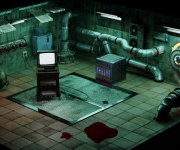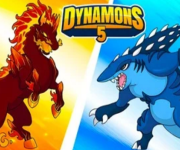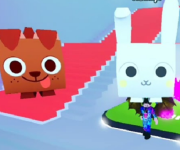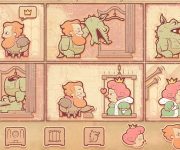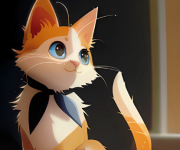Lacey’s Flash Games
Lacey’s Flash Games appears at first like a nostalgic throwback to early 2000s browser games aimed at a young audience. The visual style is bright, soft-edged, and full of pastel environments—pet shops, salons, and cozy rooms. Players interact by clicking through simple scenes, choosing outfits, decorating rooms, or responding to characters. On the surface, everything seems predictable and safe. But the deeper you go, the more the cracks begin to show. Some endings feel too abrupt, some interactions too off. The games seem to carry something hidden beneath their glossy design.
Unexpected Layers and Hidden Distortions
Each game in Lacey’s Flash Games contains multiple endings, ranging from light and friendly to oddly unsettling. Some endings veer sharply from the expected tone, revealing content that hints at violence, disappearance, or disconnection from reality. Characters like Lacey and the so-called “Jammers” look cheerful, but their expressions sometimes shift at strange moments, and the dialogue occasionally glitches or says more than it should. Even the environments begin to feel unnatural after enough playthroughs—small details start to repeat in places they shouldn’t, and some clickable objects produce sounds that don’t match the scene.
Lore, Disappearance, and Design
While the games themselves can be played in sequence or independently, they all seem to revolve around a deeper mystery: the sudden disappearance of developer Rocio Yani, whose name appears buried in metadata, code fragments, or unused menus. Fans speculate about hidden files and secrets scattered across each title. The project, now resurfaced under developers like ghosttundra and Euroclipse, feels like a reconstruction of something deliberately buried. Lacey’s Flash Games mixes psychological horror and broken nostalgia, packaged as something cute but clearly corrupted—inviting players to explore, but never quite guaranteeing they’ll like what they find.




